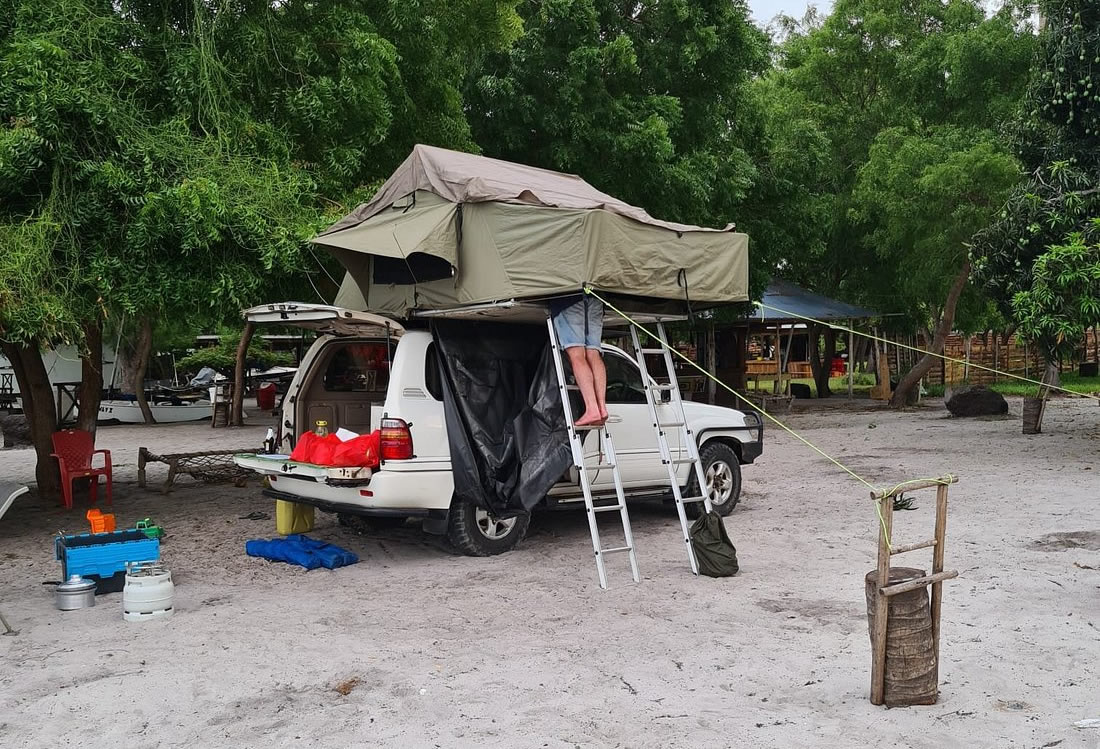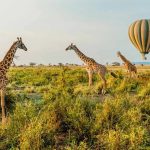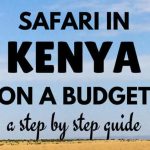
Reflecting on our overland self-drive safari in Africa, it feels like ages ago when we were sitting innocently in Europe, dreaming about the possibility. Now, after driving in 10 African countries and covering over 30,000 km, it’s time to contemplate the valuable lessons I’ve gained from this experience.
The memories of our unforgettable days spent in the reliable 4×4 Land Cruiser we hired from 4×4 Self Drive Africa Ltd will forever remain with us. We rolled through Uganda, Kenya, Tanzania, Malawi, Zambia, Zimbabwe, Botswana, Namibia, Mozambique, and South Africa, creating amazing moments along the way.
To begin with, when you embark on an overland self-drive safari across Africa, veering away from popular tourist spots like the Masai Mara, Serengeti, Zanzibar, or Victoria Falls you’ll experience a certain level of celebrity treatment. Children will enthusiastically wave, smile, and chase your 4×4. The locals and villagers will silently gaze with curiosity. In general, locals will show great openness and fascination toward foreigners in their homeland.
During our time in East Africa, we encountered several instances where children would excitedly jump up and down, unable to contain their enthusiasm, shouting at the top of their lungs, “A MZUNGU!” It’s adorable, amusing, and heartwarming.
When we embarked on our overland adventure across Africa, we initially assumed that there would be many fellow travelers like us—with 4×4 vehicles, rooftop tents, and camping equipment ready to explore Africa. However, we soon realized our assumption was mistaken. Tourists on a self-drive safari in Africa, in most cases, find themselves in empty campsites, going days, and even weeks, without encountering another tourist. It doesn’t require much imagination to wonder why the locals get intrigued when they see two white people driving through their village in a big truck.
While most locals in Africa are friendly and curious, their navigational skills may not always be reliable. We experienced this firsthand on a few occasions when seeking directions in remote villages. Either no one wants to say they don’t know for fear of disappointment, or they simply wished for us to stop speaking a language they struggled to understand well, leading them to provide any information to make us go away.
They would point us in one direction, then another, and then change their minds again, leaving us confused and disoriented. We ended up in the middle of nowhere in Uganda, on a narrow dirt track barely suitable for a moped, low on fuel, with the sun setting after two hours of driving. That is when we decided to not rely on locals for directions. It’s not that there is no anyone in Africa that can help in case you need direction; however, relying on a map, GPS or Google map can work better when you are on self-drive overland safari across Africa.
Always make sure you have enough fuel, sometimes gas stations can be scarce and widely spaced apart, so it’s important when planning a route to plan for fuel also. It is always essential to ensure that you have enough fuel to take you to your next destination. Before embarking on any long drive, it is important to have a familiarity with your vehicle’s fuel economy in various environments. We used always calculates distances between the gas station and estimates our fuel consumption. When planning your overland safari in Africa, packing a jerry can that can carry more fuel is a perfect decision.
Expect no rescue squad on an overland self-drive safari, imagine you will hire a vehicle in Uganda and you have to drive through Africa. So it can be very difficult for the car rental agency to offer help in case of anything. The best advice here is to drive carefully so that you don’t damage the vehicle and also make sure that your 4×4 is equipped with rescue items like a tire repair kit, at least two spare tires, an air compressor, tow ropes, a tool kit, high lift jack, axe, shovel, and a water supply.
Most African countries are safe to travel to. While I cannot deny that we haven’t felt completely safe throughout our overland safari across Africa, I can count on one hand the few instances when we felt slightly uneasy. Western media tends to exaggerate Africa as a dangerous and scaly destination to visit, which instills fear in people, leading them to opt for organized tours or avoid traveling this continent at all.
Roads, it is undeniably true most roads in Africa are dangerously in bad condition, with a lot of potholes and sometimes it’s difficult to believe that there ever was a road in the first place. To make matters worse, local drivers can display reckless behavior, overtaking without warning, driving at excessive speeds, and abruptly coming to a halt.
While we observed that the main roads in South Africa, Rwanda, and Tanzania are generally well-maintained, getting off the main roads can be perilous and that is why a 4×4 vehicle is a must when going for an overland safari in Africa. It would be a mistake to assume that African capital cities offer any respite, as the traffic there can be an absolute nightmare.


